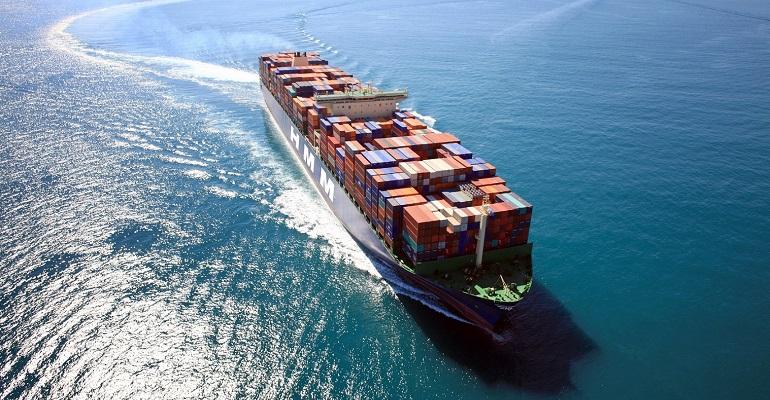According to a recent Sea Intelligence report one of the consequences of cancelling a headhaul sailing is that the backhaul freight is also lost.
“This unanticipated disruption in trade, which was not initially the focus of the blanking decision, introduces a new layer of complexity and uncertainty for shippers, compounding the challenges they face in maintaining a smooth and efficient supply chain,” said the Sea Intelligence report.
Carriers are managing the oversupply of capacity using three main strategies, slow steaming, scrapping of older vessels and the blanking of scheduled services.
Scrapping older, inefficient, vessels is less likely to yield results as the older vessels tend to be the smaller ships, which are being replaced by far larger units on major trade routes, with ships being cascaded to minor trades.
Slow steaming can help reduce capacity, and even if ships are added to maintain schedule reliability there can be considerable fuel savings as a result of cutting vessel speeds.
In an exercise conducted exclusively for Seatrade Maritime News, the carbon monitoring and calculation website Searoutes used its data to calculate the level of emissions that would be saved on a CMA CGM service if the vessels cut their speed by three knots.
The Sirius service operates between the southern Brazilian port of Itapoa (BRIOA) and Tangiers (MAPTM) in Morocco, with the service expanded from six to seven ships and with vessels slowed to 10.2 knots, from 13.4 knots, average speed, carbon emissions fell by 17.5%, according to Searoutes calculations. (see table below).

Source Searoutes.
However, the main source of reducing capacity is to cancel sailings or services and in its latest newsletter Alphaliner said that the idle fleet was relatively stable, with “a total of 250 ships and 908,034 teu as inactive,” an increase of just one ship of 18,866 teu.
Stefan Verberckmoes an analyst with Alphaliner told Seatrade Maritime News, “Most of the many sailings recently blanked were planned in October. These concern ships which are currently still returning to Asia with cargo.”
However, Verberckmoes added: “The number of idle ships will start to increase in the upcoming weeks. Blank sailings are apparently not enough to match supply with demand, which is why THE Alliance is suspending its PN3 Service on the TP. This concerns another seven 8,500 – 12,000 teu sailings.”
Furthermore, according to Verberckmoes there is the unknown quantity of newbuildings that have been completed by the yards but have not been delivered.
“With many ships to be delivered by the end of year, idle tonnage should increase. There are also ‘hidden’ idlings. Some ships are ready to start trading, but remain at the shipyard as they are not needed. As long as those are not officially delivered, they are not in service yet and not counted as idled in our fortnightly stats,” he said.
Copyright © 2024. All rights reserved. Seatrade, a trading name of Informa Markets (UK) Limited.
Add Seatrade Maritime News to your Google News feed.  |

